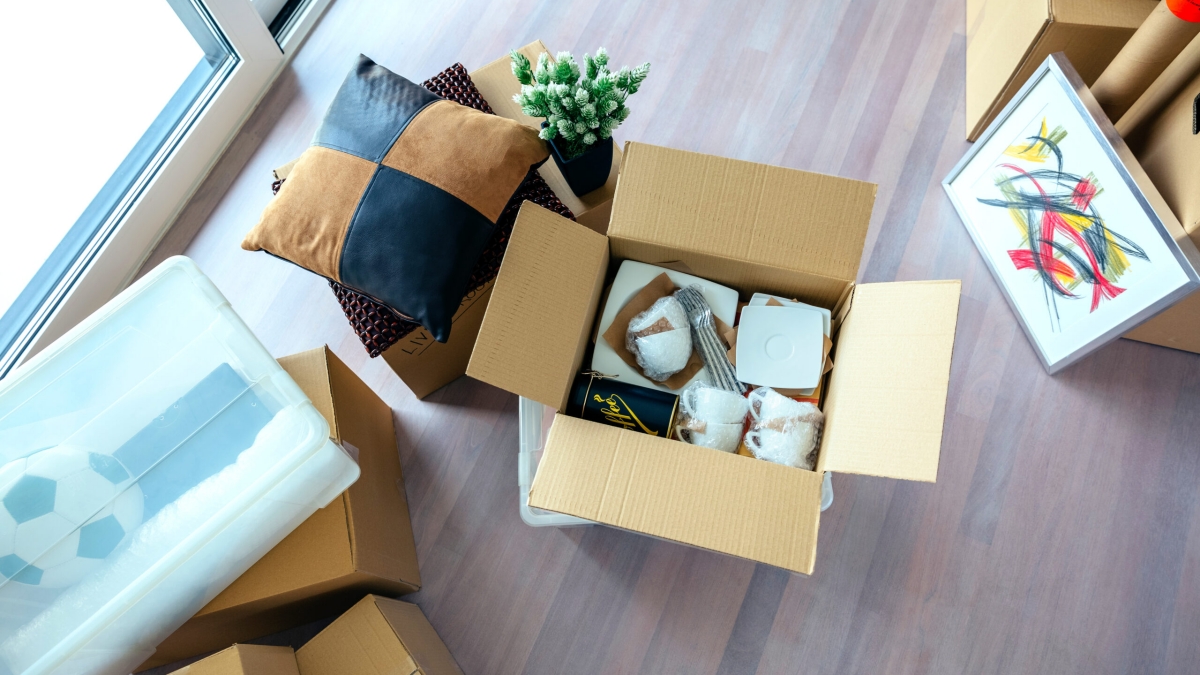Long-distance moving can be a daunting task, filled with a mixture of excitement and stress. Moving long distance can be a complex process, but with proper planning and preparation, it can be a smooth and successful experience. Whether you are relocating for a job, education, or a fresh start, the key to a successful move lies in meticulous planning and execution. This guide provides essential tips to help you master the art of long-distance moving, ensuring a seamless transition to your new home.
1. Planning Ahead
Start Early
The earlier you start planning, the smoother your move will be. Begin by creating a moving timeline that includes key milestones such as packing, hiring movers, and scheduling utilities. Aim to start your preparations at least two to three months in advance.
Create a Moving Checklist
A detailed moving checklist will keep you organized and on track. Include tasks such as sorting and decluttering, gathering packing supplies, and notifying important parties of your move. Break down the checklist into weekly tasks to make the process more manageable.
Set a Budget
Moving can be expensive, so it’s crucial to set a realistic budget. Consider costs such as hiring professional movers, purchasing packing materials, and travel expenses. Allocate a portion of your budget for unexpected costs that may arise during the move.
2. Decluttering and Organizing
Sort and Purge
Before packing, take the time to sort through your belongings and decide what to keep, donate, or discard. Decluttering reduces the amount of stuff you need to move and can save you money on moving costs.
Organize by Category
Organize your items by category rather than by room. This method makes it easier to keep track of your belongings and ensures that similar items are packed together. Categories might include clothing, kitchenware, books, and electronics.
3. Packing Like a Pro
Gather Quality Packing Supplies
Invest in high-quality packing supplies to protect your belongings during the move. Essential supplies include sturdy boxes, bubble wrap, packing paper, packing tape, and markers. Consider purchasing specialty boxes for fragile items such as dishes and electronics.
Pack Strategically
Pack your items strategically to maximize space and protect fragile items. Start with non-essential items and work your way to everyday essentials. Use bubble wrap and packing paper to cushion fragile items and fill any empty spaces in boxes to prevent shifting.
Label Everything
Clearly label each box with its contents and the room it belongs to in your new home. This practice will make unpacking much easier and help movers know where to place each box. Use color-coded labels or markers for additional organization.
4. Hiring Professional Movers
Research Moving Companies
Take the time to research and compare moving companies. Look for reputable companies with positive reviews and a proven track record. Request quotes from at least three different movers to compare prices and services.
Verify Credentials
Ensure the moving company you choose is licensed and insured. Check their credentials with the Federal Motor Carrier Safety Administration (FMCSA) to confirm they are authorized to perform interstate moves. Verify their insurance coverage to protect your belongings during the move.
Read the Fine Print
Before signing a contract, carefully read the terms and conditions. Understand the company’s policies on deposits, cancellations, and liability for lost or damaged items. Clarify any doubts with the moving company to avoid surprises on moving day.
5. Preparing for Moving Day
Confirm Details with Movers
A few days before your move, confirm the details with your moving company. Verify the date, time, and address of your new home. Provide any special instructions for handling fragile or valuable items.
Pack an Essentials Box
Pack a box of essentials that you will need immediately upon arrival at your new home. Include items such as toiletries, a change of clothes, important documents, medications, and basic kitchen supplies. Keep this box with you during the move.
Prepare Your Home
Prepare your home for the movers by ensuring all items are packed and ready to go. Disassemble large furniture and appliances if necessary. Clear pathways and remove any obstacles that could hinder the movers.
6. Managing the Move
Stay Organized
On moving day, stay organized and keep track of your belongings. Use a checklist to ensure everything is loaded onto the moving truck. Keep important documents, such as your moving contract and inventory list, in a safe and easily accessible place.
Communicate with Movers
Maintain open communication with your movers throughout the process. Provide clear instructions and answer any questions they may have. Being present and attentive will help ensure a smooth and efficient move.
Inspect Your Belongings
Upon arrival at your new home, inspect your belongings for any damage or missing items. Report any issues to the moving company immediately and file a claim if necessary. Cross-check your inventory list to ensure everything has arrived.
7. Settling into Your New Home
Unpack Methodically
Unpacking can be overwhelming, so tackle it methodically. Start with essential rooms such as the kitchen and bedrooms. Unpack one room at a time to stay organized and avoid clutter.
Set Up Utilities
Ensure your utilities are set up and ready to go before you move in. This includes electricity, water, gas, internet, and cable. Contact your service providers ahead of time to schedule the installation or transfer of services.
Update Your Address
Notify important parties of your new address, including the post office, banks, insurance companies, and subscription services. Update your address with any organizations that send you regular mail to avoid missing important documents.
Explore Your New Neighborhood
Take the time to explore your new neighborhood and familiarize yourself with local amenities. Find nearby grocery stores, medical facilities, schools, and parks. Getting to know your new community will help you feel more at home and settled.
8. Coping with the Emotional Impact
Acknowledge Your Feelings
Moving long-distance can be emotionally challenging. Acknowledge your feelings and give yourself time to adjust. It’s normal to feel a mix of excitement, anxiety, and sadness during this transition.
Stay Connected
Stay connected with friends and family during and after your move. Regular communication can provide emotional support and help you feel less isolated. Consider hosting a virtual housewarming party to share your new home with loved ones.
Establish a Routine
Establishing a routine can help you feel more grounded and settled in your new environment. Create a daily schedule that includes work, leisure, and self-care activities. Consistency can provide a sense of stability during this period of change.
Conclusion
Mastering the art of long-distance moving requires careful planning, organization, and a positive mindset. By following these essential tips, you can ensure a seamless transition to your new home. Remember to start early, stay organized, and seek support when needed. With the right approach, your long-distance move can be a rewarding and exciting adventure.

